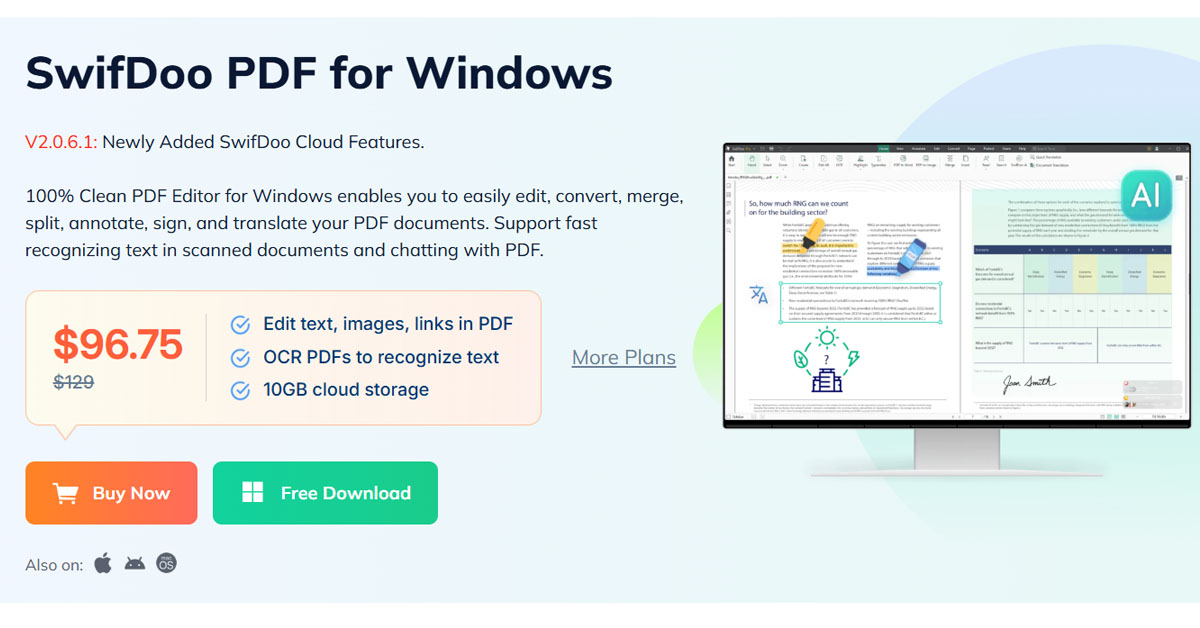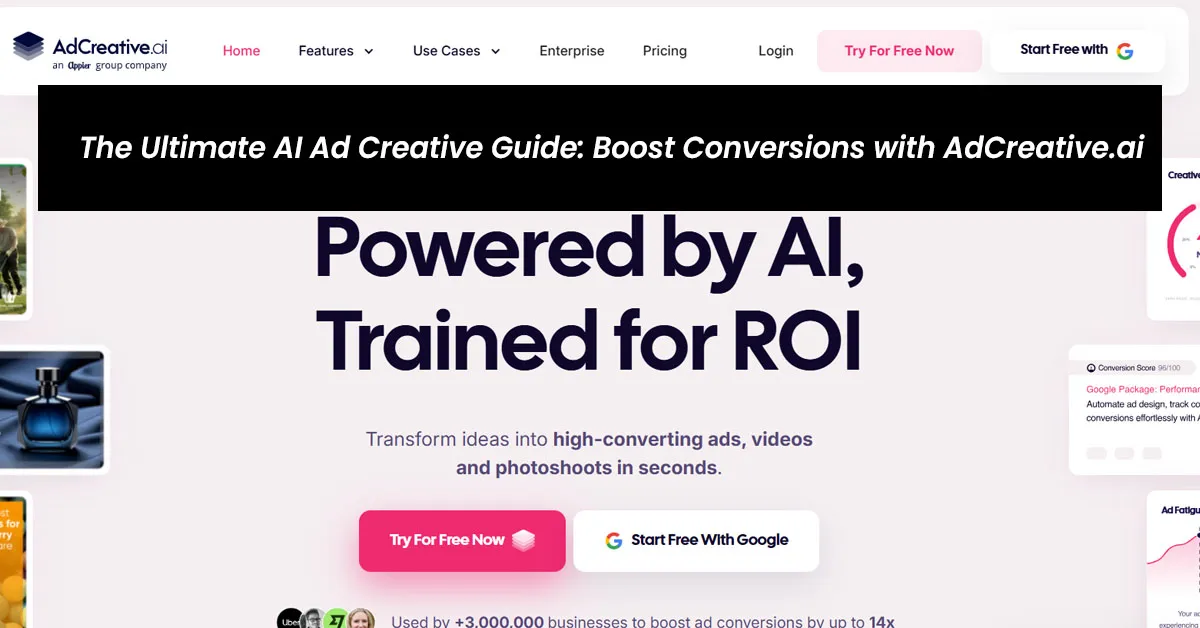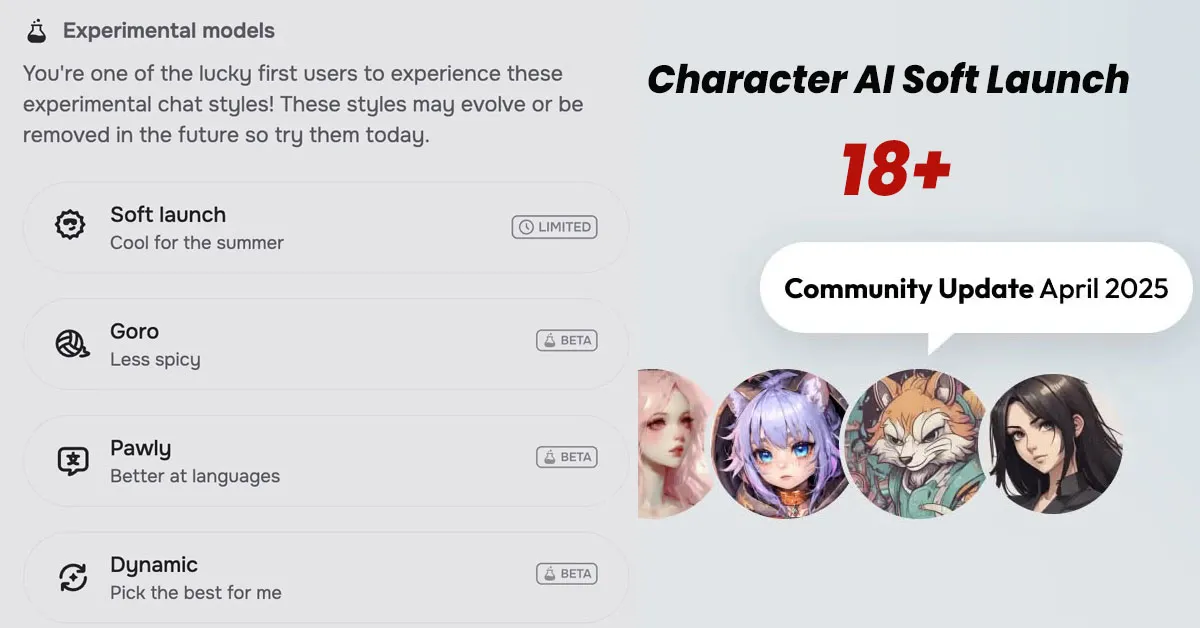
Top Facial Recognition Tools in 2025: A Comprehensive Comparison Guide
In 2025, facial recognition is no longer a futuristic concept—it's a mission-critical technology shaping how organizations secure access, verify identities, and deliver seamless digital experiences. From banks protecting customer accounts, to public agencies enhancing urban safety, to hospitals ensuring secure access to patient data, the demand for reliable, privacy-conscious biometric solutions is surging. But the complexity of choosing the right platform has grown just as quickly. With expanding AI capabilities, mounting concerns over deepfakes, and stricter enforcement of data protection laws like GDPR, HIPAA, and BIPA, facial recognition tools must meet high standards for accuracy, fairness, and transparency.
This guide is your starting point for making an informed, future-ready decision. We unpack the top solutions available in 2025, explain how they compare, and help you choose the right tool to meet your unique operational, ethical, and technical needs.
What Is Facial Recognition Technology?
Brief History & Evolution
Facial recognition has evolved from early geometric models and Eigenfaces (1990s) to today’s deep learning-powered architectures. Breakthroughs in Convolutional Neural Networks (CNNs), cloud computing, and edge AI have dramatically increased both accuracy and deployment flexibility.
How Facial Recognition Works
At a high level, modern facial recognition involves:
- Face Detection: Locating a face within an image or video.
- Feature Extraction: Mapping facial landmarks and encoding unique attributes.
-
Matching/Verification:
-
1:1 (Verification) – Is this person who they claim to be?
-
1:N (Identification) – Who is this person among a known group?
-
-
Liveness Detection: Ensures the face isn’t a spoof (photo, video, or mask).
Analogy: Think of facial recognition as a fingerprint reader for your face—but powered by millions of neural connections trained on visual data.
Benefits of Facial Recognition
- Enhanced Security: Prevent fraud, unauthorized access, and identity theft.
- Efficiency Gains: Speed up onboarding, logins, and access control.
- Personalization: Enable tailored experiences in retail, banking, and hospitality.
- Public Safety: Assist in threat detection and person-of-interest alerts.
The 13 Best Facial Recognition Tools in 2025
Here are the below tools you have to check out for various scenarios—whether you need the best enterprise facial recognition software 2025, accurate face verification API, or reverse image lookup tool. These tools include everything from easy-to-use APIs you can set up in minutes to comprehensive platforms built for large organizations. No matter your level of technical know-how or budget, you’ll get a quick sense here of which tool could be the right fit for your needs::
1. Amazon Rekognition
Amazon Rekognition, an AWS service, uses deep learning for facial recognition in images and videos. It supports real-time processing and AWS integration, ideal for facial recognition software for enterprise security. Its scalability suits large enterprises.

- Strengths: Scalable, real-time analysis, AWS ecosystem.
- Limitations: Limited liveness detection, ethical concerns.
- Pricing: Pay-per-use, from $0.001/image.
- Use Case: Retail uses it for biometric authentication for retail analytics, personalizing shopping. Media firms use it for real-time facial recognition for video surveillance, moderating content.
Sign up for Amazon Rekognition now to leverage scalable facial recognition for your enterprise.
Source: AWS Rekognition Documentation
2. Microsoft Azure Face API
Azure Face API offers secure facial recognition with liveness detection, compliant with ISO 27001. It integrates with Microsoft Entra ID, perfect for facial recognition for secure access control. Its cloud-based reliability suits regulated industries.
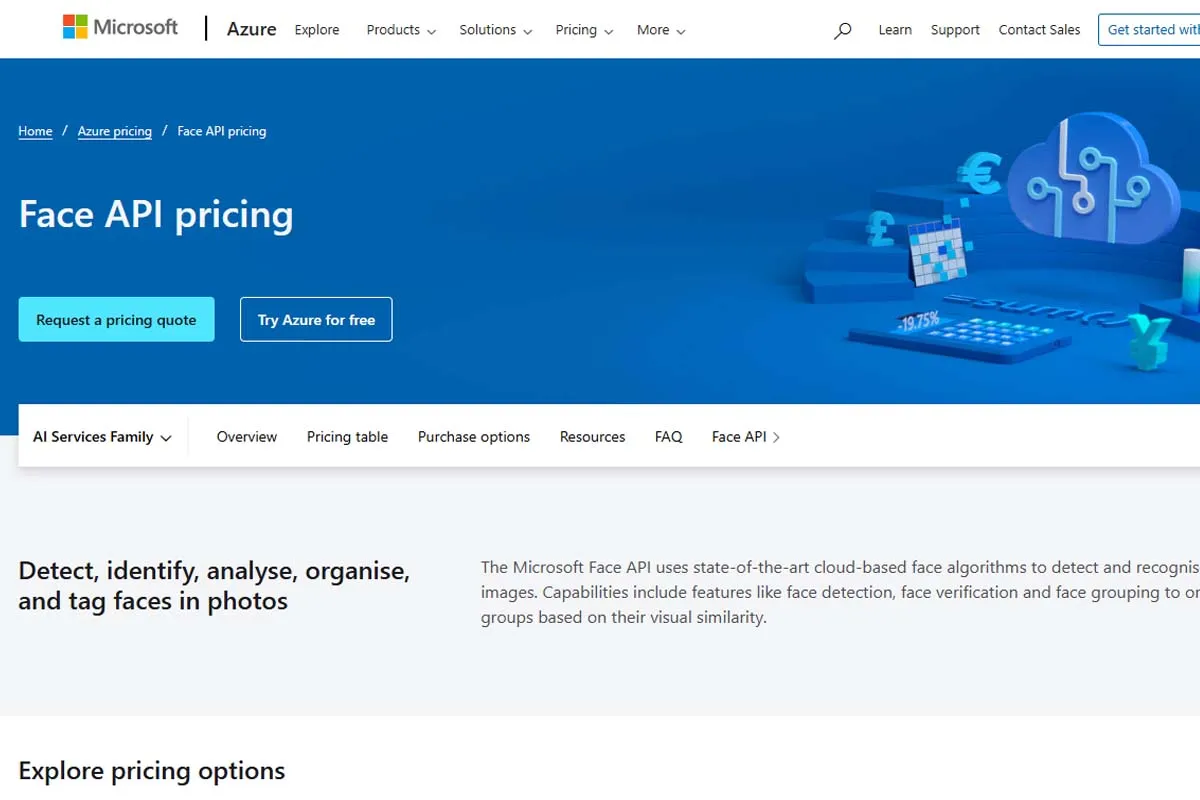
- Strengths: Liveness detection, global compliance, high accuracy.
- Limitations: Azure-dependent, costly for small users.
- Pricing: Free tier (30,000 transactions), then tiered pricing.
- Use Case: Banks use it for biometric identity verification for banking, securing onboarding. Healthcare uses it for facial recognition for patient authentication, streamlining record access.
Get started with Azure Face API to secure your next-gen biometric authentication solution.
Source: Microsoft Azure AI Face
3. Face++ (Megvii)
Face++ provides mobile-optimized facial recognition via SDKs and cloud, supporting offline use. Its emotion detection and documentation make it ideal for facial recognition for mobile app security. It’s developer-friendly for quick integration.
1.webp)
- Strengths: Mobile SDKs, offline support, emotion analysis.
- Limitations: Geopolitical restrictions, privacy concerns.
- Pricing: Free tier, premium enterprise plans.
- Use Case: Social media uses it for biometric authentication for social media, securing logins. E-commerce uses it for facial recognition for personalized marketing, targeting campaigns.
Try Face++ today to add mobile-first facial recognition and emotion analysis to your app.
Source: Megvii Face++
4. Paravision
Paravision’s NIST-ranked algorithms excel in high-stakes environments, emphasizing ethical AI. It supports real-time multi-camera processing, ideal for facial recognition for government security. Its accuracy ensures reliability.
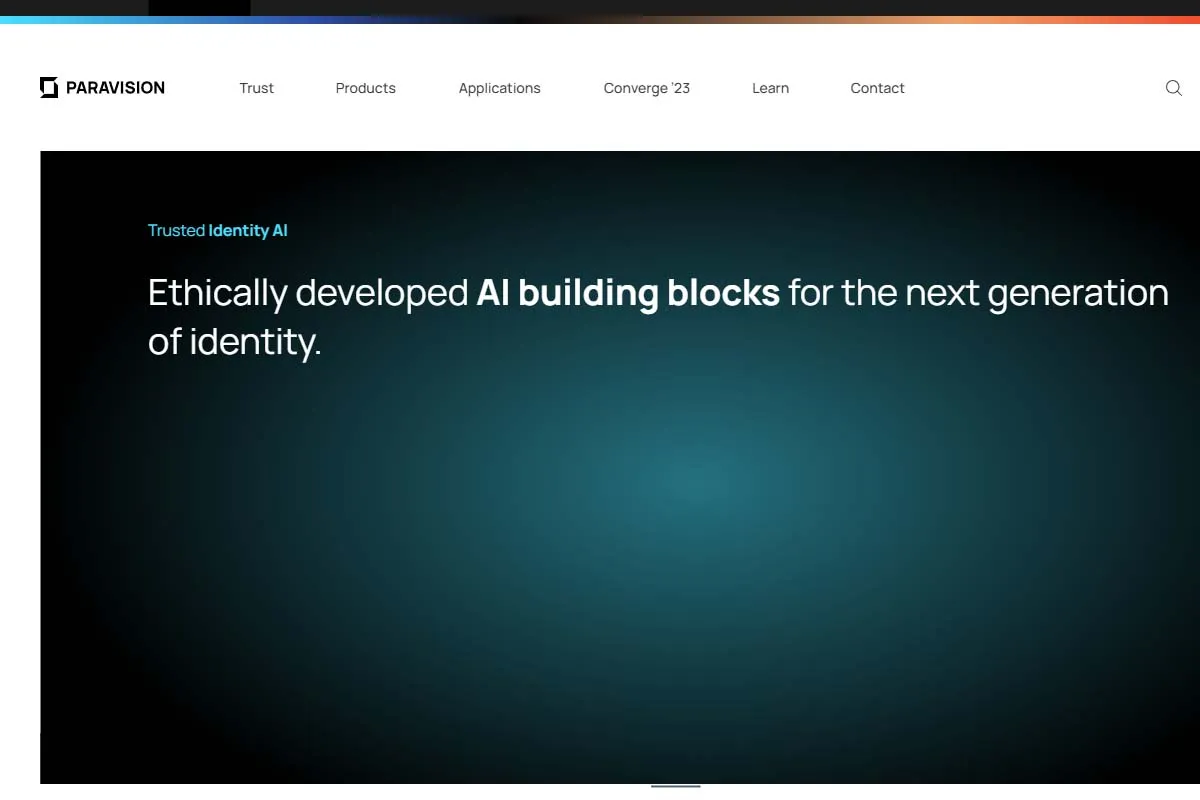
- Strengths: Top accuracy, ethical AI, multi-camera support.
- Limitations: Complex setup, premium pricing.
- Pricing: Custom enterprise quotes.
- Use Case: Airports use it for biometric identification for airport security, streamlining screening. Law enforcement uses it for real-time facial recognition for public safety, identifying suspects.
Request a demo of Paravision to experience industry-leading accuracy in action.
Source: Paravision
5. Cognitec FaceVACS
Cognitec FaceVACS is trusted for border control, performing in challenging conditions. It integrates with ICAO standards, ideal for facial recognition for border control. Its reliability suits government applications.
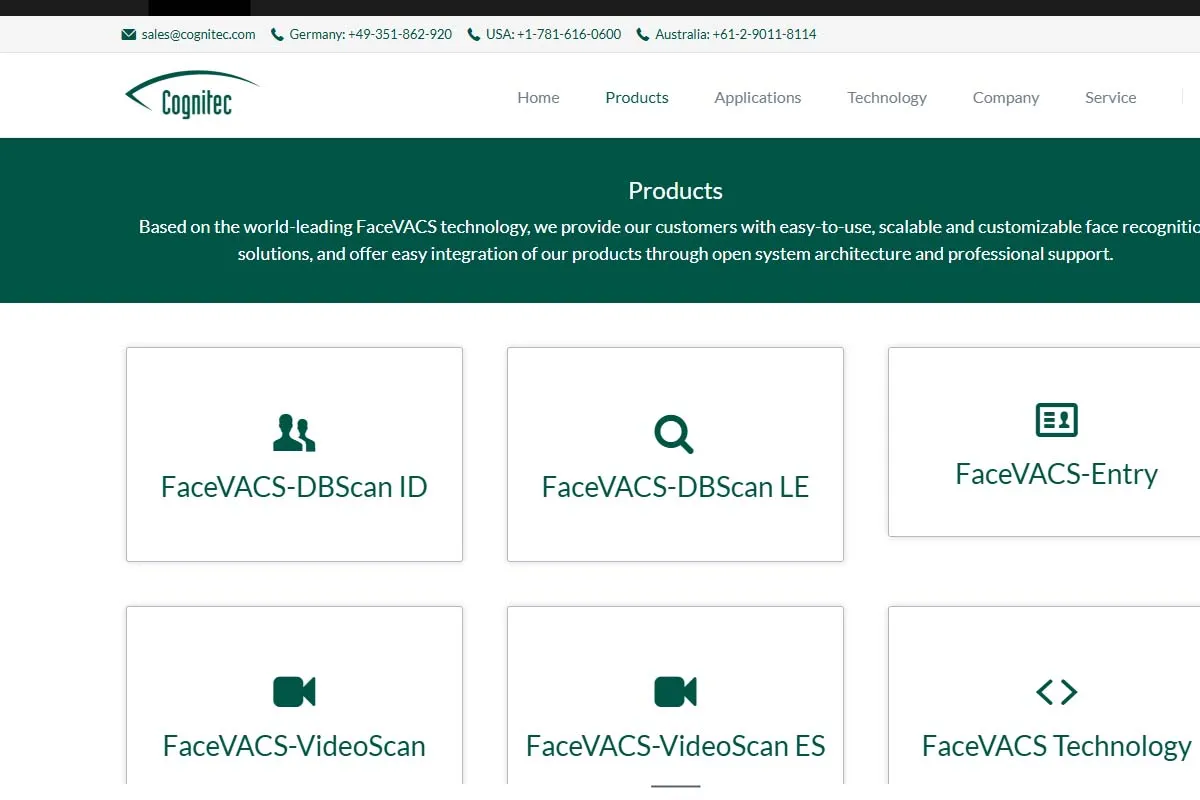
- Strengths: Reliable in poor conditions, ID-standard compatible.
- Limitations: Complex setup, not for commercial apps.
- Pricing: Custom project licensing.
- Use Case: Immigration uses it for biometric verification for immigration systems, automating e-gates. Governments use it for facial recognition for national ID programs, securing issuance.
Contact Cognitec FaceVACS sales to explore border-control–grade facial recognition.
Source: Cognitec
6. BioID
BioID offers GDPR-compliant facial recognition with passive liveness and deepfake detection. Its cloud-based platform suits facial recognition for regulatory compliance in fintech and healthtech. It prioritizes user trust.
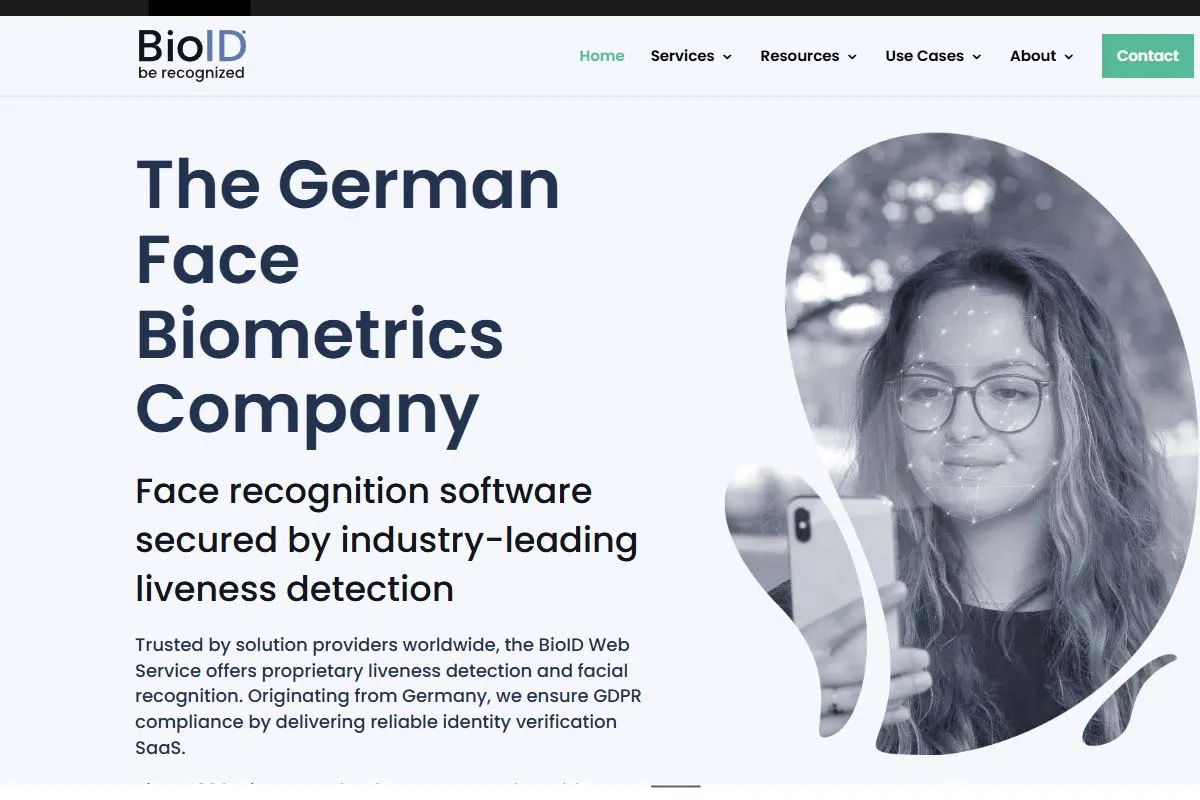
- Strengths: Passive liveness, privacy compliance, deepfake detection.
- Limitations: Smaller databases, limited analytics.
- Pricing: Subscription-based plans.
- Use Case: Fintech uses it for biometric authentication for digital onboarding, securing KYC. Healthcare uses it for facial recognition for healthcare compliance, ensuring privacy.
Subscribe to BioID today for privacy-first biometric authentication.
Source: BioID
7. Clarifai
Clarifai enables custom facial recognition models for cloud or on-premises use. Its APIs support video/image processing, ideal for facial recognition for custom AI development. Developers value its flexibility.
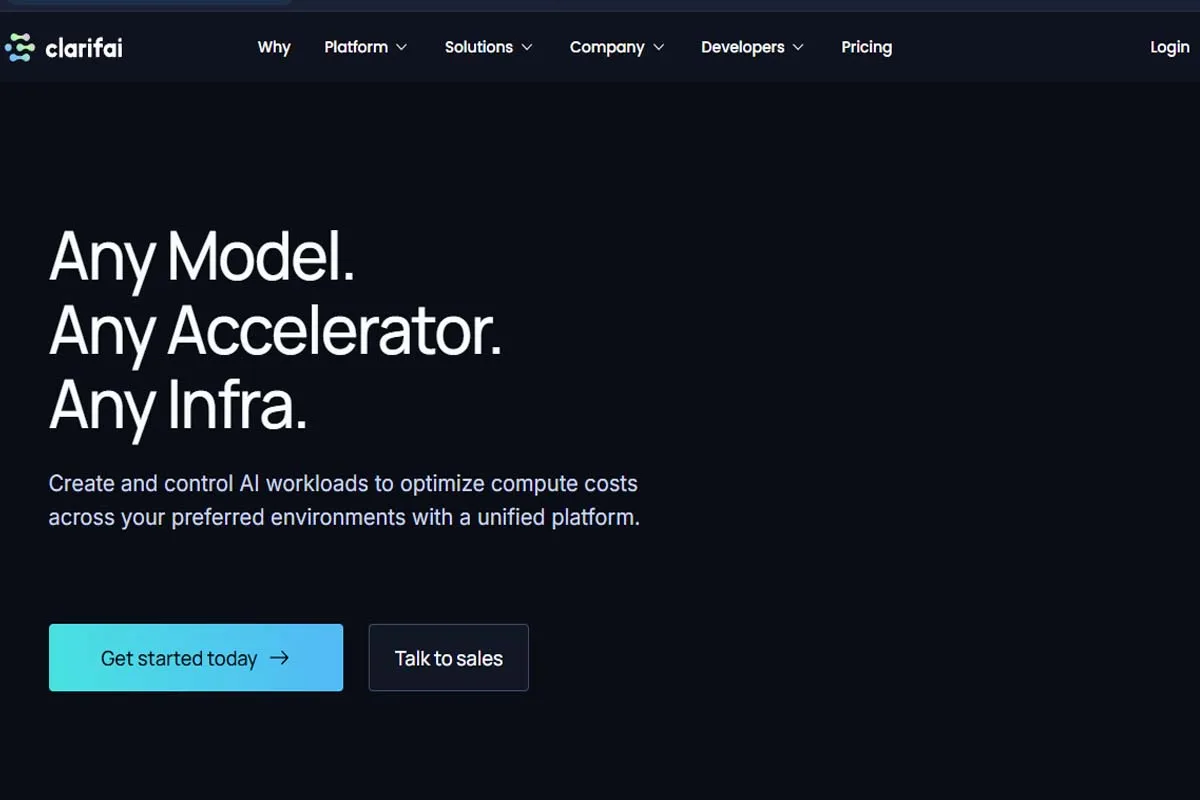
- Strengths: Custom models, video support, robust APIs.
- Limitations: Technical expertise needed, slower deployment.
- Pricing: Freemium, paid tiers from $30/month.
- Use Case: Retail uses it for biometric analytics for retail insights, analyzing behavior. Security uses it for facial recognition for video analytics, enhancing surveillance.
Explore Clarifai’s customizable AI to build tailored facial recognition workflows.
Source: Clarifai
8. FaceCheck.ID
FaceCheck.ID is a cloud-based reverse face search for OSINT, scanning public web sources. Its simplicity suits facial recognition for fraud prevention, requiring no coding. It’s effective for fraud detection.
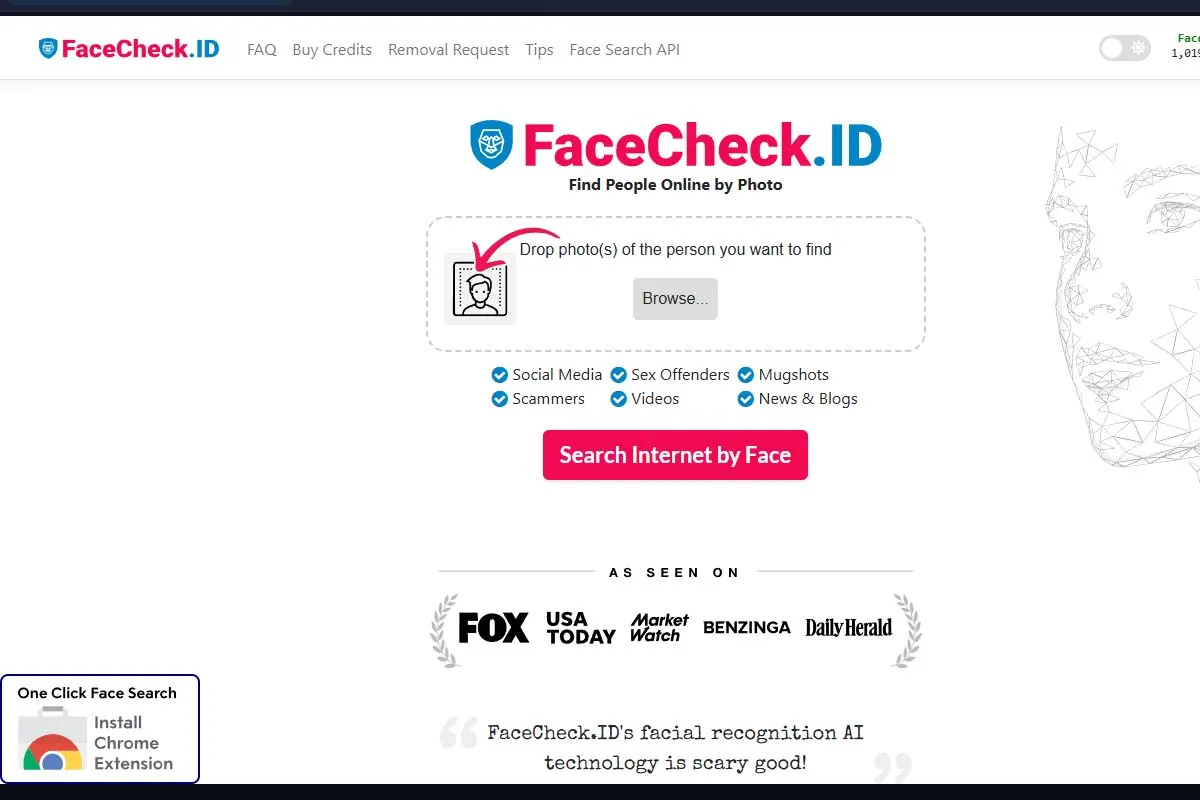
- Strengths: Fast matching, user-friendly, no coding needed.
- Limitations: No liveness detection, public data only.
- Pricing: Affordable monthly subscriptions.
- Use Case: Investigators use it for biometric identification for OSINT investigations, tracking misuse. Businesses use it for facial recognition for fraud detection, spotting fake profiles.
Start your free trial of FaceCheck.ID to accelerate fraud detection and OSINT. Explore the FaceCheck.ID tool on Toolkitly for setup guidance, integrations, and use cases.
Source: FaceCheck.ID
9. PimEyes
PimEyes tracks facial images across the public web, offering a privacy-focused dashboard. It scans billions of images daily, ideal for facial recognition for personal data protection. It suits individuals and brands.
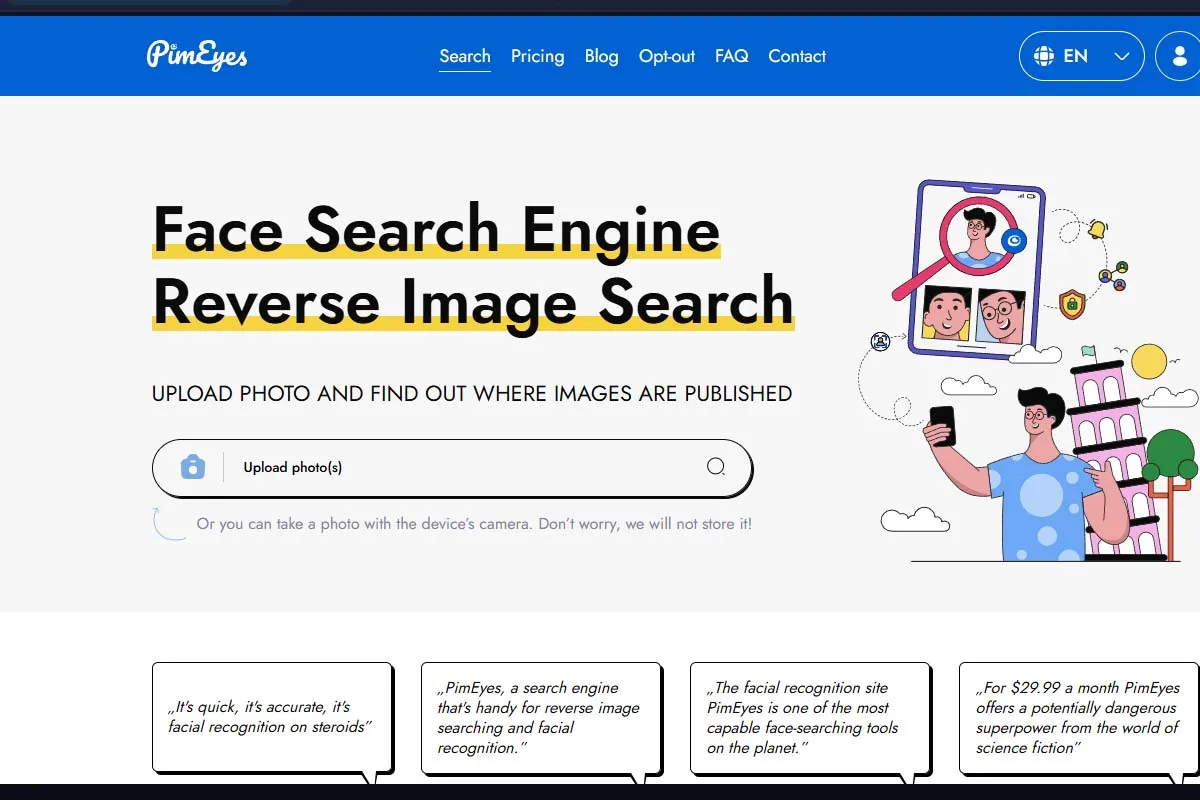
- Strengths: Extensive scanning, user-friendly, privacy-focused.
- Limitations: No APIs, public data only.
- Pricing: Subscriptions from $29.99/month.
- Use Case: Individuals use it for biometric tracking for online privacy, preventing misuse. Brands use it for facial recognition for reputation management, monitoring image use.
Subscribe to PimEyes now to safeguard your brand’s image presence online.
Source: PimEyes
10. FaceOnLive
FaceOnLive enables real-time facial recognition for surveillance, supporting multi-camera feeds. Its liveness detection enhances security for facial recognition for surveillance systems. It’s scalable for urban monitoring.
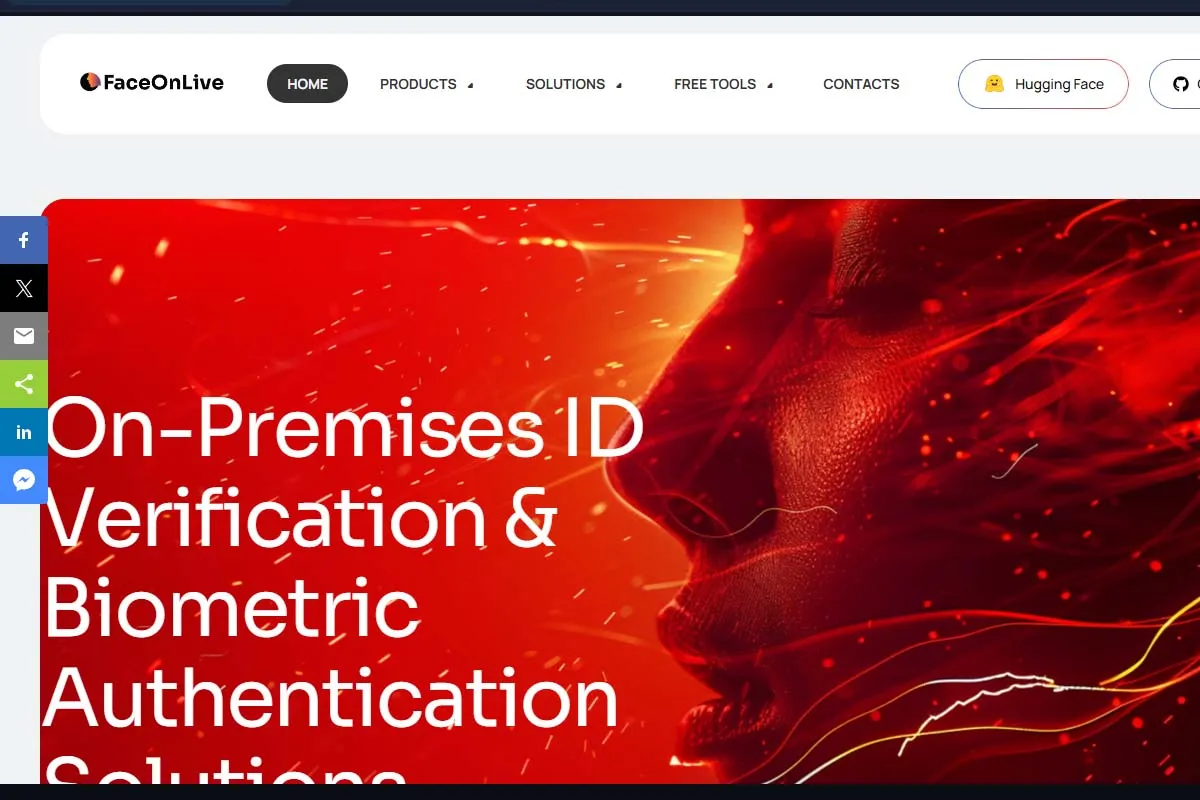
- Strengths: Real-time alerts, multi-feed support, liveness detection.
- Limitations: Video-only, complex setup.
- Pricing: Custom enterprise pricing.
- Use Case: Security uses it for biometric identification for crime prevention, spotting suspects. Cities use it for facial recognition for urban monitoring, enhancing safety.
Request a free demo of FaceOnLive to improve real-time security monitoring.
Source: FaceOnLive
11. Lenso.ai
Lenso.ai provides a lightweight API for fast face matching, tailored for SaaS and B2B platforms. Its affordability suits facial recognition for SaaS integration for startups. It offers low-latency results.

- Strengths: Easy integration, affordable, fast responses.
- Limitations: No liveness detection, limited features.
- Pricing: Tiered API plans.
- Use Case: SaaS providers use it for biometric authentication for cloud services, enhancing verification. Startups use it for facial recognition for B2B platforms, streamlining checks.
Sign up for Lenso.ai to integrate fast, affordable facial matching into your platform.
Source: Lenso.ai
12. Search4Faces
Search4Faces is a compact tool for investigative face matching, supporting online/offline databases. Its portability suits facial recognition for investigative tools for small operations. It delivers rapid results.
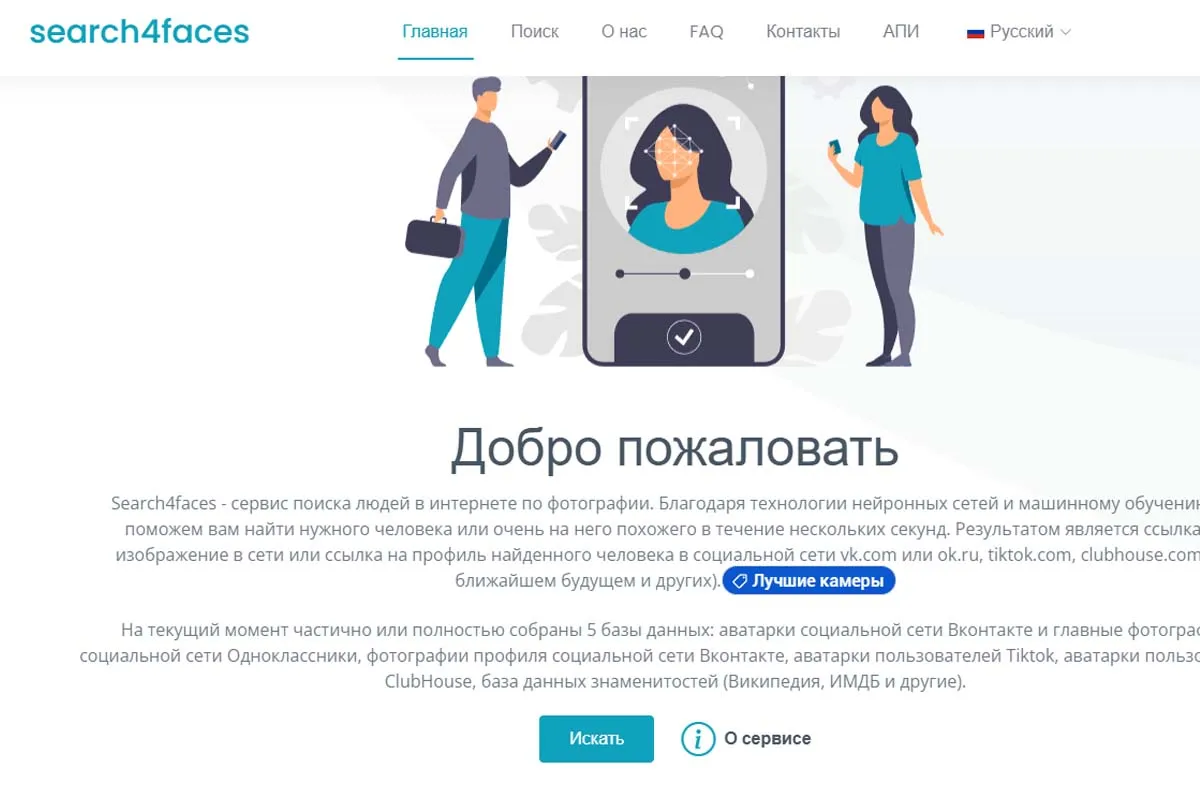
- Strengths: Portable, offline support, fast matching.
- Limitations: Not for large-scale use, limited customization.
- Pricing: Custom licensing.
- Use Case: Investigators use it for biometric identification for private investigations, matching case files. Small law enforcement uses it for facial recognition for local security, supporting safety.
Contact Search4Faces to deploy portable face-matching on your next investigation.
Source: Search4Faces
13. TinEye
TinEye offers a high-performance reverse image search engine tailored for brand protection and copyright monitoring, featuring a reverse image search API.
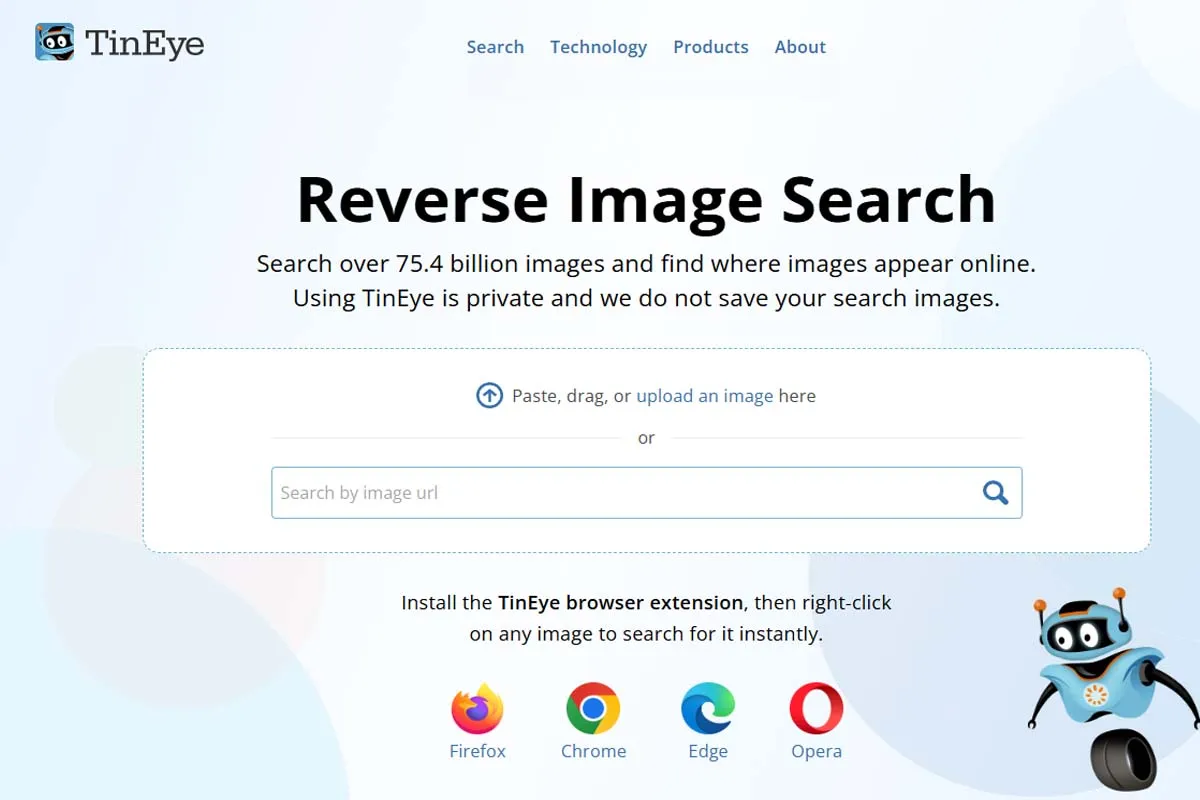
- Strengths: Powerful reverse image search across billions of indexed images; instantaneous matching; browser extensions for ease of use.
- Limitations: Not specialized for biometric authentication; lacks liveness and demographic analysis.
- Pricing: Freemium with limited queries; premium plans from $200/year.
- Use Case: Brands and investigators perform reverse image searches for unauthorized image usage; security teams verify image provenance.
Explore TinEye’s reverse image search API today to protect your visual assets. Visit the TinEye page on Toolkitly for technical specs, API details, and pricing breakdowns.
Source: TinEye
Each of these tools brings something unique to the table—whether you’re scaling to millions of authentications or need a lightweight solution for a one-off search. Take a moment to think about your specific goals: Do you prioritize speed, privacy, or customizability? Use this snapshot to guide your deep dive into the sections below and find the perfect match for your project.
Comparison Table
| Tool | Deployment | Liveness Detection | Key Use Case | Best For |
|---|---|---|---|---|
| Amazon Rekognition | Cloud | ❌ | Retail analytics, surveillance | AWS enterprises |
| Azure Face API | Cloud | ✅ | Banking, healthcare | Regulated industries |
| Face++ | Cloud/SDK | ✅ | Mobile app security | Mobile developers |
| Paravision | Hybrid/On-prem | ✅ | Airport security, public safety | Government agencies |
| Cognitec FaceVACS | On-premise | ✅ | Border control, national IDs | Immigration systems |
| BioID | Cloud | ✅ | Digital onboarding, compliance | Fintech, Healthtech |
| Clarifai | Cloud/On-prem | Optional | Custom AI, video analytics | AI developers |
| FaceCheck.ID | Cloud | ❌ | OSINT, fraud detection | Investigators |
| PimEyes | Cloud | ❌ | Online privacy, reputation | Individuals, brands |
| FaceOnLive | Hybrid | ✅ | Surveillance, crime prevention | Security agencies |
| Lenso.ai | Cloud | ❌ | SaaS integration, B2B platforms | Startups, SaaS providers |
| Search4Faces | Hybrid | ✅ | Investigative work, local security | Small orgs, investigators |
| TinEye | Cloud | ❌ | Reverse image search, provenance | Brands, investigators |
Choosing the Right Facial Recognition Tool: A Strategic Framework
Finding the best facial recognition platform isn’t just about features—it’s about alignment with your real-world goals, infrastructure, and risk profile. Use this structured approach to evaluate solutions effectively:
1. Define the Core Purpose
- Authentication: Securing logins or account access?
- Surveillance: Real-time monitoring in public or private spaces?
- Personalization: Enhancing customer experiences in retail or hospitality?
2. Evaluate Accuracy in Context
- Check independent performance benchmarks (e.g., NIST FRVT).
- Ask for real-world test results across lighting, angles, and demographics.
3. Consider Deployment Flexibility
-
Cloud-first, on-prem, or edge-based—choose based on your infrastructure, latency needs, and data sovereignty policies.
4. Analyze Anti-Spoofing Capabilities
-
Look for passive or active liveness detection, 3D depth sensing, and resilience to attacks like masks or deepfakes.
5. Ensure Regulatory Readiness
- Does it meet compliance standards like GDPR, CCPA, HIPAA, BIPA, ISO 27001, or SOC 2?
- Does it support consent management, data minimization, and anonymization?
6. Review Integration & Developer Experience
- Evaluate available SDKs, REST APIs, and compatibility with cloud platforms like AWS, Azure, or Google Cloud.
- Review the quality of developer documentation and onboarding resources.
7. Understand Pricing Transparency
- Request detailed pricing models—per-transaction costs, tiers, and overage fees.
- Check for free trial periods or limited-use free tiers.
8. Assess Ethical AI Standards
- Does the vendor test for demographic bias?
- Are they transparent about model training data and decision logic?
- Is there a human review process for critical decisions?
9. Support & Community
-
Look for vendors that offer dedicated onboarding, technical support, and active developer communities.
Conclusion
Facial recognition technology in 2025 spans cloud-native giants, on-premise powerhouses, and niche specialists. Whether your priority is enterprise scalability, regulatory compliance, mobile integration, or reverse image provenance, this guide helps pinpoint the best-fit solution. As AI-driven facial analysis evolves, balancing accuracy, privacy, and ethics remains paramount—choose a platform that aligns with your organizational needs and governance requirements.
Yes, several facial recognition tools offer free tiers or trial access. For example, Microsoft Azure Face API and Face++ provide limited free usage ideal for testing or small-scale applications. Tools like FaceCheck.ID and PimEyes offer face recognition online free for quick searches or OSINT investigations. While these tools may have feature limitations compared to premium plans, they are great starting points for developers, investigators, or individuals seeking face recognition AI free options.
Yes, several facial recognition tools offer free tiers or trial access. For example, Microsoft Azure Face API and Face++ provide limited free usage ideal for testing or small-scale applications. Tools like FaceCheck.ID and PimEyes offer face recognition online free for quick searches or OSINT investigations. While these tools may have feature limitations compared to premium plans, they are great starting points for developers, investigators, or individuals seeking face recognition AI free options.
The best facial recognition tools in 2025 vary by use case. For enterprise security and surveillance, Amazon Rekognition and Paravision lead in scalability and accuracy. BioID excels in privacy-first applications with GDPR-compliant features. Clarifai and Face++ are top picks for developers seeking customizable or mobile-first integrations. For facial recognition search and reverse lookup, PimEyes and TinEye are highly effective at identifying images across the web.


